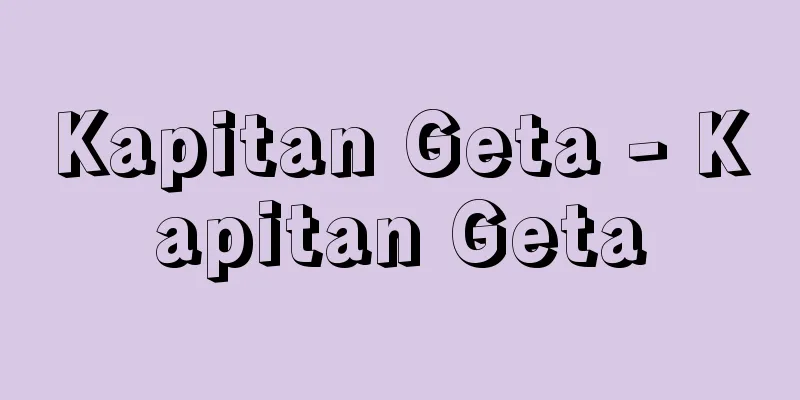Resource allocation

|
Economic factors involved in production activities are called resources, and the question is how much of these resources should be allocated in order to produce what and how much. Along with technology selection and product distribution, this is considered a fundamental problem that economics must solve. If resources existed infinitely, the problem of resource allocation would not be a problem. Productive resources such as land, capital, labor, oil, and raw materials are finite and scarce, which is why allocation issues arise. In a liberal economy, resource allocation problems are solved through market mechanisms. That is, since productive resources are finite and it is impossible to satisfy all of people's desires, if people have a strong desire for a certain good or service but production is low, the price of that good or service will rise. As a result, companies refrain from allocating production resources to other uses and allocate them to the production of goods or services whose prices are rising. Resources move from low to high prices, using prices, which are a means of transmitting information in a market economy, as a signal. In a market where the resource allocation function of prices works normally, efficient resource allocation is achieved. The most desirable resource allocation is one in which resources are allocated without waste, production is carried out efficiently, and people's desires are satisfied to the maximum extent. This type of allocation is called Pareto efficient or Pareto optimal resource allocation. Researching the market system that brings about such optimal allocation is one of the important tasks of price theory and microeconomics, and previous research has shown the proposition that "equilibrium in a perfectly competitive market achieves Pareto efficient allocation," which is called "the first theorem of welfare economics." However, in cases where companies have a certain degree of market power, such as in monopolies, oligopolies, and imperfectly competitive markets, the resource allocation function of prices does not work properly, resulting in inappropriate use of resources and waste of resources. Also, in the case of public goods and external effects, it is difficult to achieve desirable resource allocation because an appropriate market does not exist. Such cases are called "market failures," and government intervention is necessary to correct market movements and achieve a socially appropriate allocation of resources. [Toshiyuki Uchijima] "New Edition of Samuelson's Economics, translated by Shigehito Tsuru, 11th edition, 2 volumes (1981, Iwanami Shoten)" ▽ "Introduction to Microeconomics, by Masahiro Okuno (Nikkei Bunko)" [Reference] | |Source: Shogakukan Encyclopedia Nipponica About Encyclopedia Nipponica Information | Legend |
|
生産活動に参与する経済的要素を資源とよぶが、何をどれだけ生産するために、その資源をどれだけ配分するかということ。技術選択、生産物分配とともに経済学が解決すべき基本的問題とされている。資源配分の問題は、もし資源が無限に存在するのであれば、問題にはなりえない。土地、資本、労働、石油、原料などの生産資源は有限であり、希少なものであるがために、配分の問題が生じるのである。 資源配分の問題は、自由主義経済のもとでは市場機構を通じて解決される。すなわち、生産資源は有限であり、人々のすべての欲求を満たすことは不可能であるから、ある財・サービスに対する人々の欲求が強いにもかかわらず、その生産が少なければ、それら財・サービスの価格は上昇する。その結果、企業は生産資源を他の用途に配分するのを控え、価格の上昇している財・サービスの生産のために配分する。市場経済における情報伝達手段である価格をシグナルとして、資源は価格の低いところから高いところへと移動するのである。このような価格の資源配分機能が正常に働く市場では、効率的な資源配分が達成される。資源がむだなく配分され、したがって生産が効率的に実行されており、しかも人々の欲求が最大限に満たされるような資源配分がもっとも望ましいものである。このような配分をパレート効率的な、あるいはパレート最適な資源配分という。このような最適な配分をもたらす市場制度を研究することは、価格理論あるいはミクロ経済学の重要な課題の一つであるが、これまでの研究によると、「完全競争市場における均衡は、パレート効率的な配分を達成する」という命題が示されており、これは「厚生経済学の第一定理」とよばれている。 しかし、独占、寡占、不完全競争市場のように、企業がある程度の市場支配力をもっているようなケースでは、価格の資源配分機能が正常に働かないため、資源が適切に利用されず、資源のむだが生じる。また、公共財や外部効果のケースでは、適切な市場が存在しないために、望ましい資源配分を達成することは困難となる。このような場合を「市場の失敗」とよび、市場の動きを補整し、資源の社会的に適正な配分を実現するには、政府の介入が必要となるのである。 [内島敏之] 『都留重人訳『新版 サムエルソン 経済学』原書第11版・全2巻(1981・岩波書店)』▽『奥野正寛著『ミクロ経済学入門』(日経文庫)』 [参照項目] | |出典 小学館 日本大百科全書(ニッポニカ)日本大百科全書(ニッポニカ)について 情報 | 凡例 |
<<: Time bomb - Jigenbakudan (English spelling) time bomb
>>: Self-examination - Jikendan
Recommend
Tattvarthadipanibandha (English spelling)
...He later married and had a son, Viṭṭhalanātha,...
Toshimitsu Omiya
Comedy actor. His real name was Toshio Tsunekawa,...
Cue (billiards) - Kyu
…The tables, which were made of wood, changed to ...
legislative power
…Here, legislation is considered to be created by...
Rock bone - stubborn
〘Noun〙① (adjectival verb) A sharp, pointed rock. A...
Anarhynchus frontalis (English spelling)
...They often live in flocks outside the breeding...
Anuttsu - Anuttsu
...This mythical way of thinking is also present ...
Honko - Honko
Generally, it refers to regular workers (full-tim...
śruti (English spelling) sruti
...Reflecting the supremacy of the Brahmins since...
McElroy, WD (English spelling)
...This luminescence is different from phosphores...
Amaweder - Amaweder
...Okinawa's quena is a typical narrative son...
Solvent - yobai (English spelling) solvent
Among the components of a solution, the one with ...
Latitude effect
The strength of cosmic rays varies greatly with la...
Irish Republican Army
…the abbreviation for the Irish Republican Army, ...
What is Communism?
…From this point on, criticism of Stalin was no l...









